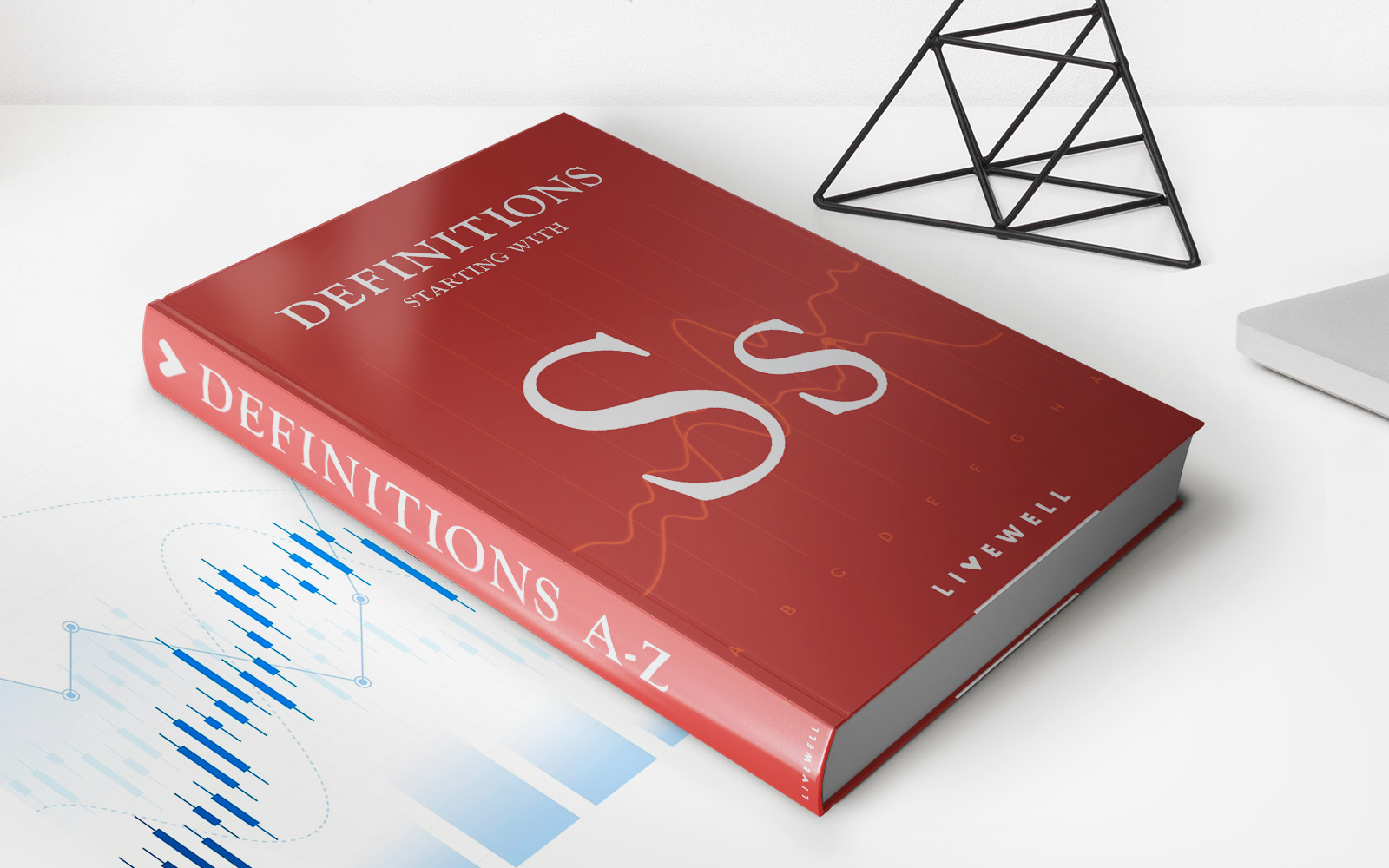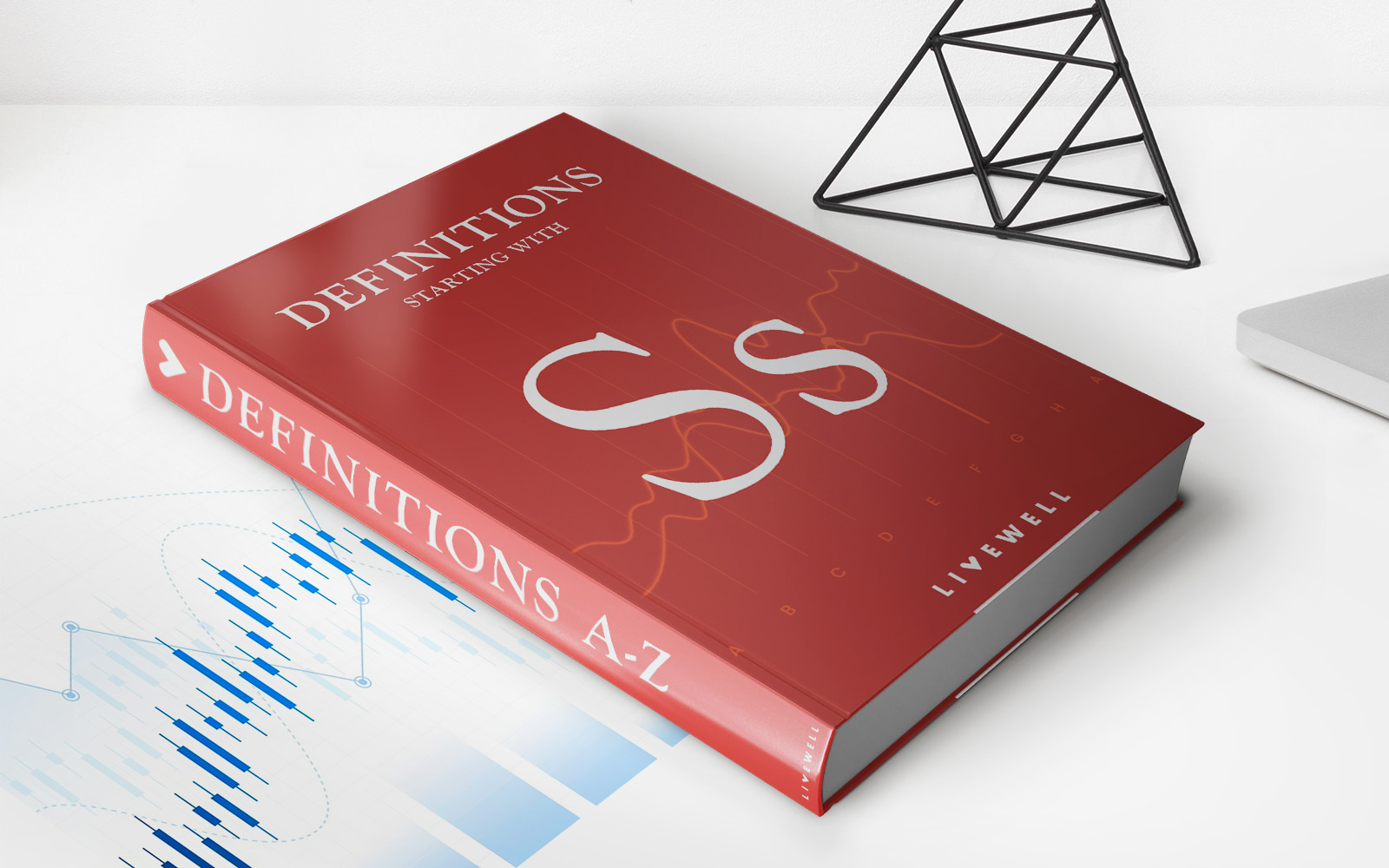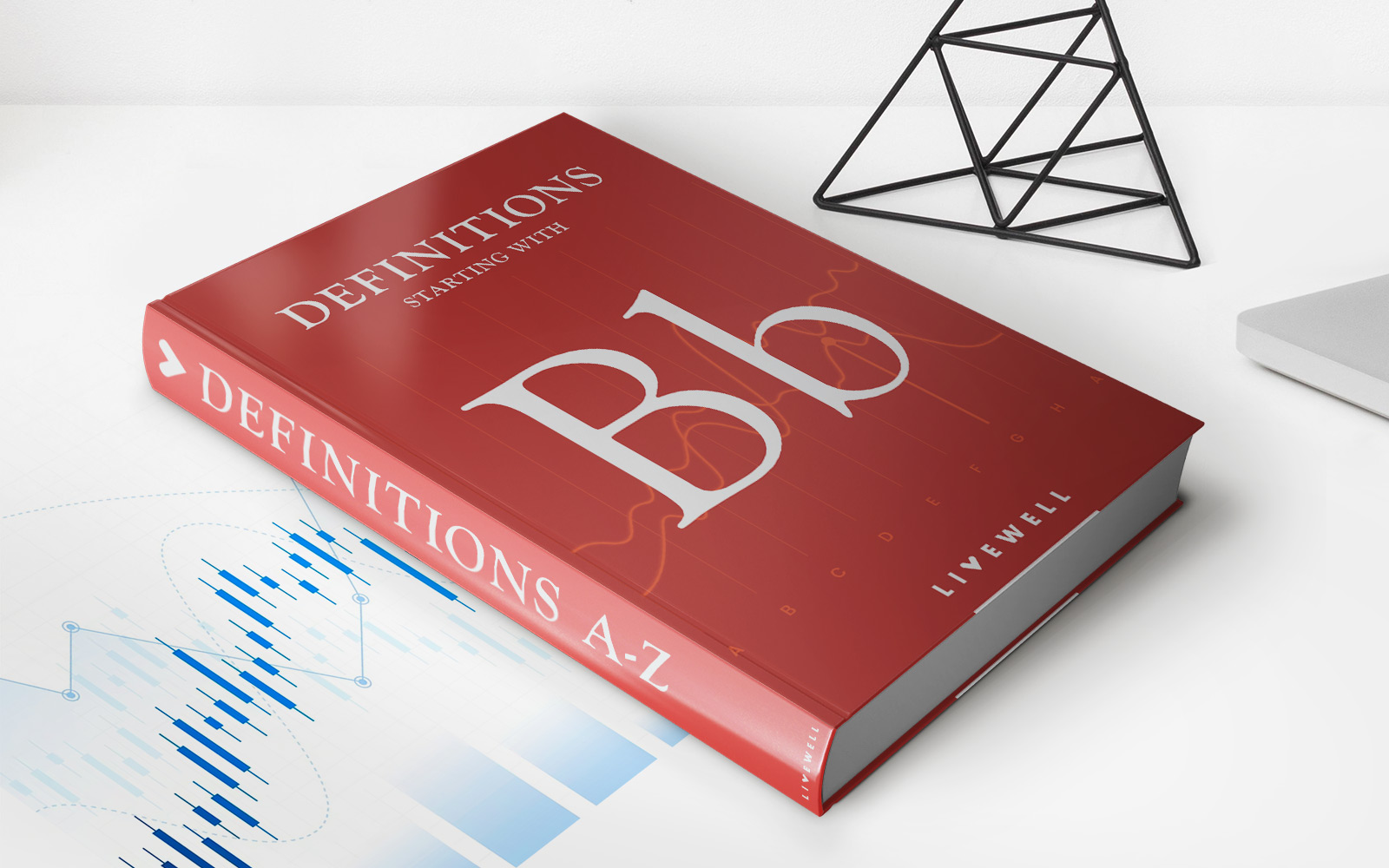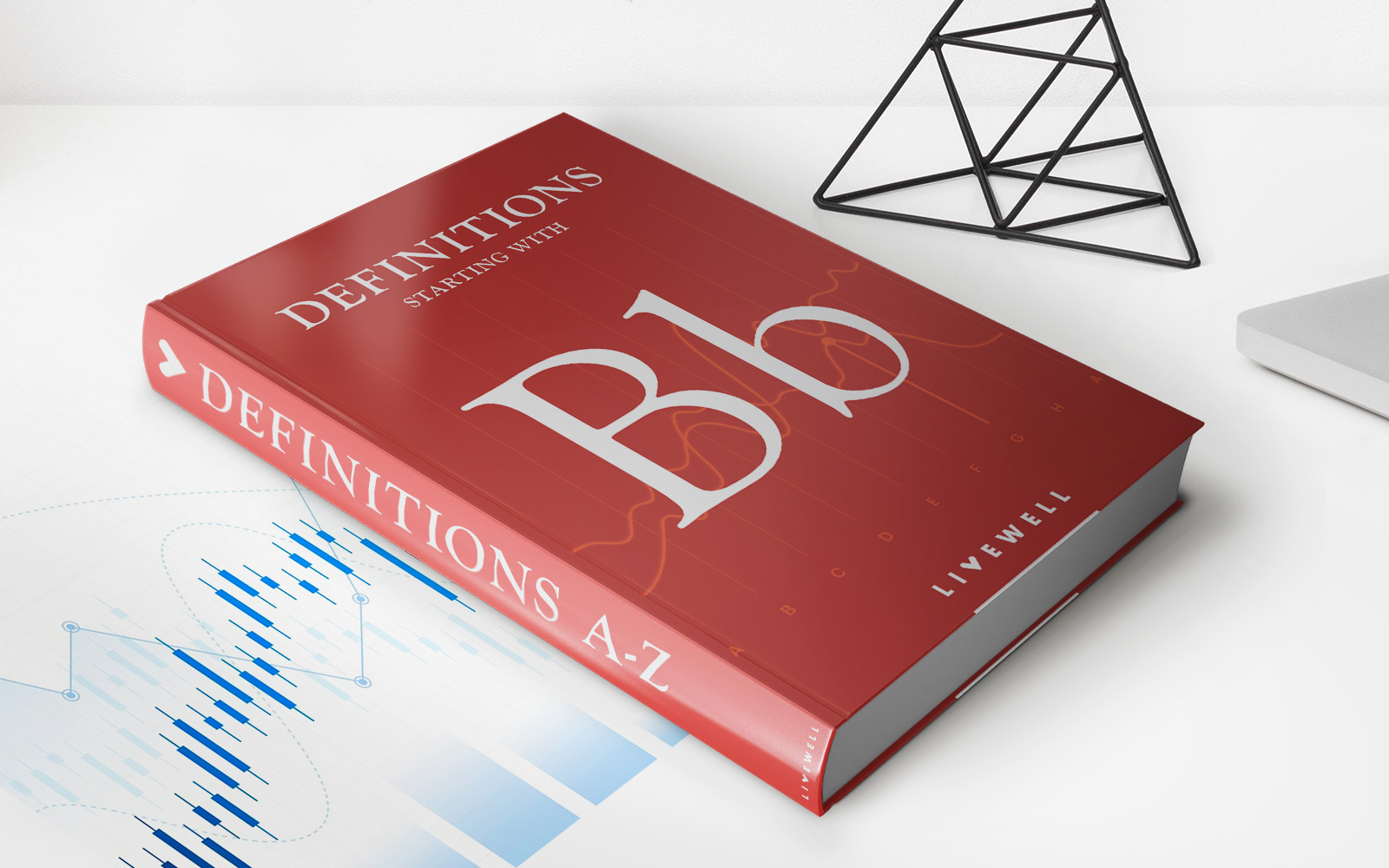

Finance
Sales Mix: Definition, Uses, And Examples
Published: January 23, 2024
Discover the definition, uses, and examples of sales mix in finance. Gain insights into how sales mix can impact your business and financial performance.
(Many of the links in this article redirect to a specific reviewed product. Your purchase of these products through affiliate links helps to generate commission for LiveWell, at no extra cost. Learn more)
Sales Mix: Definition, Uses, and Examples
When it comes to managing an efficient and profitable business, understanding your sales mix is crucial. But what exactly is sales mix, and how can it impact your company’s bottom line? In this blog post, we’ll dive into the definition, uses, and examples of sales mix, giving you the knowledge you need to optimize your finances and drive success.
Key Takeaways:
- Sales mix refers to the proportion in which different products or services contribute to a company’s overall sales revenue.
- Analyze your sales mix to determine the performance and profitability of each product or service in order to make informed business decisions.
So, let’s start with the definition. Sales mix is the combination of different products or services that contribute to a company’s overall revenue. It represents the proportion of each product/service sold and can vary based on factors such as seasonality, consumer demand, and market trends. By understanding your sales mix, you can gain valuable insights into the performance and profitability of each product/service, allowing you to make informed business decisions.
Now, let’s explore the uses of sales mix and how it can benefit your business:
- Identifying profit drivers: Analyzing your sales mix can help you identify which products/services are generating the most profit for your company. This information can guide your marketing and sales efforts, allowing you to allocate resources effectively and focus on high-profit offerings.
- Optimizing pricing strategies: By understanding the sales mix, you can evaluate the price elasticity of each product/service. This means you can adjust prices based on demand and profitability, optimizing your pricing strategies to increase revenue and maximize profits.
- Forecasting and budgeting: A clear understanding of your sales mix enables you to make accurate sales forecasts and develop realistic budgets. This helps you allocate resources efficiently, set achievable goals, and make informed financial decisions for the future.
Now, let’s take a look at a couple of examples to illustrate how sales mix works:
Example 1: ABC Clothing is a retail store that sells clothing, shoes, and accessories. After analyzing their sales mix, they find that clothing contributes to 60% of their overall revenue, shoes contribute to 30%, and accessories contribute to 10%. ABC Clothing can use this information to focus their marketing efforts on clothing, ensuring they have a wide range of apparel options, and optimizing their pricing strategies for maximum profitability.
Example 2: XYZ Software is a software development company offering three core products: Product A, Product B, and Product C. Through analyzing their sales mix, they discover that Product A generates 60% of their total revenue, Product B contributes 25%, and Product C makes up the remaining 15%. Armed with this data, XYZ Software can prioritize resources and investments in Product A, further enhancing its features and marketing to increase market share and drive overall profits.
Understanding your sales mix is key to making informed decisions that drive business success. By analyzing the proportion in which different products/services contribute to your revenue, you can identify profit drivers, optimize pricing strategies, and make accurate forecasts and budgets. So take the time to evaluate your sales mix today and unlock the full potential of your business!














